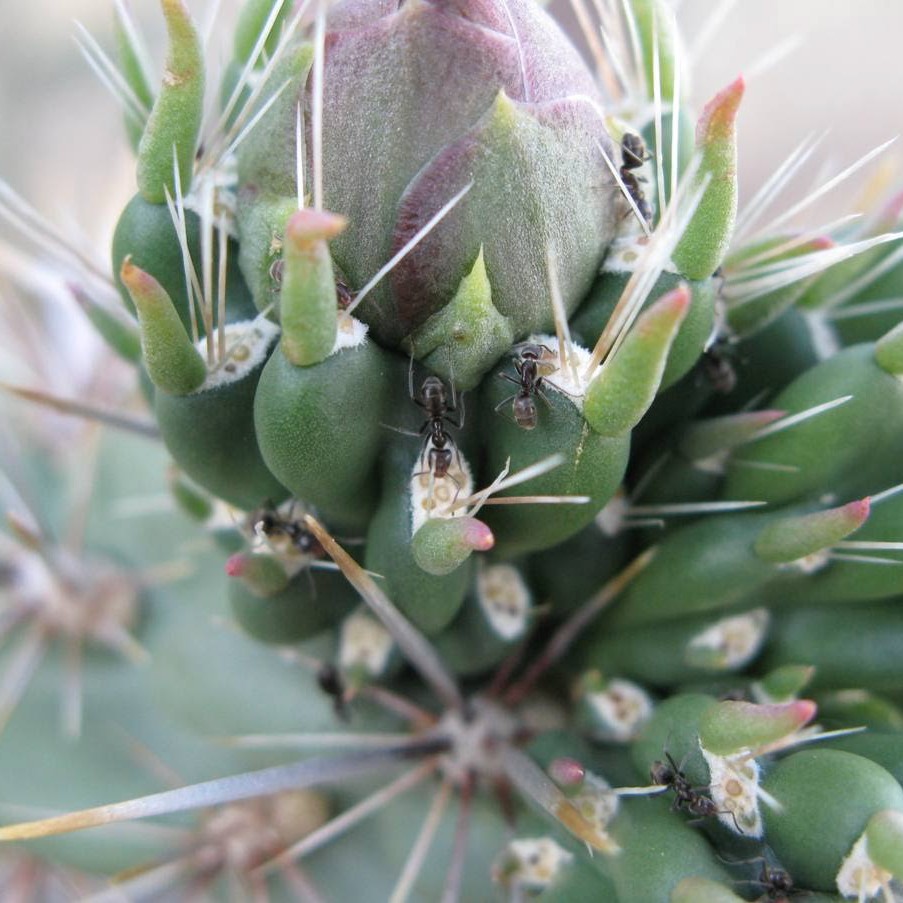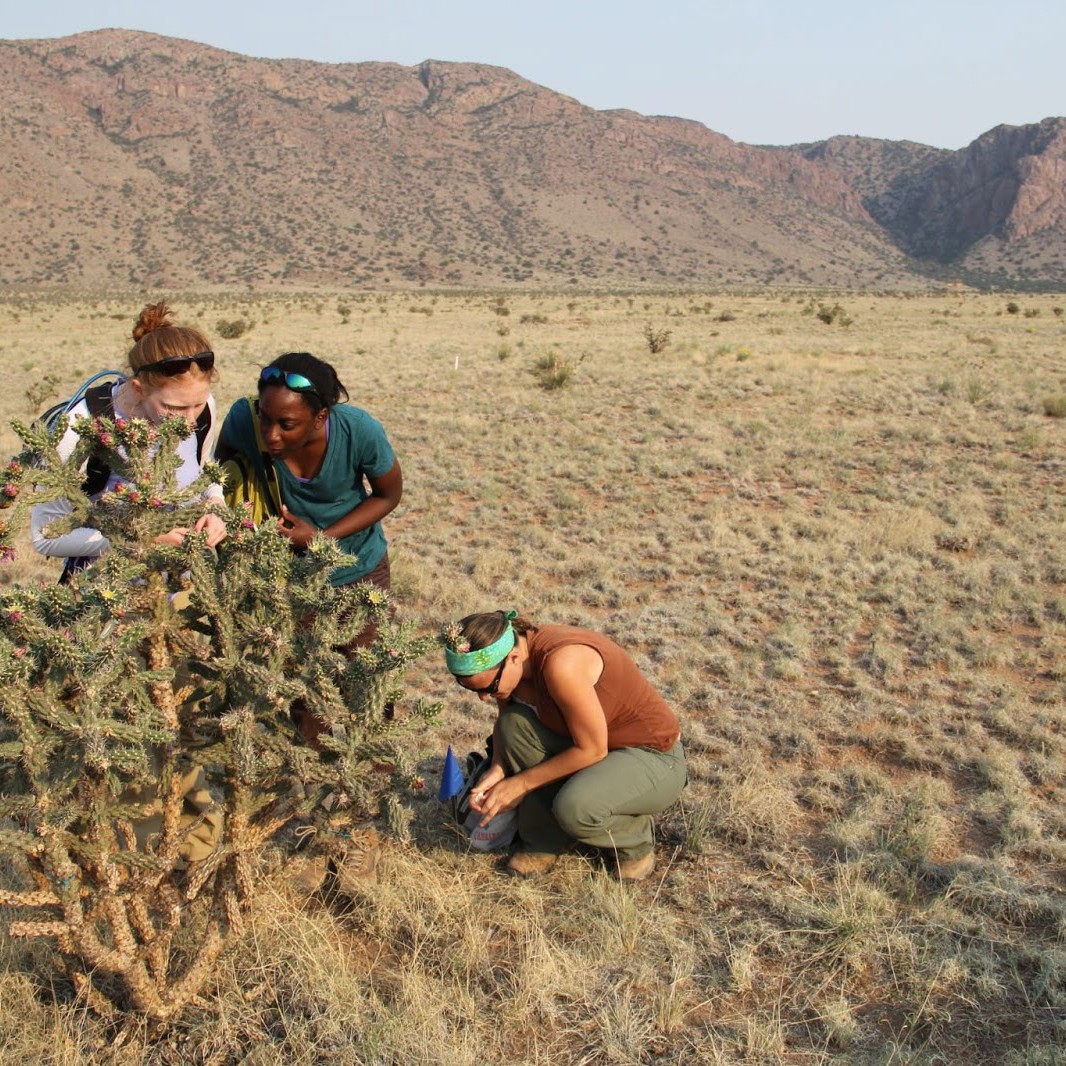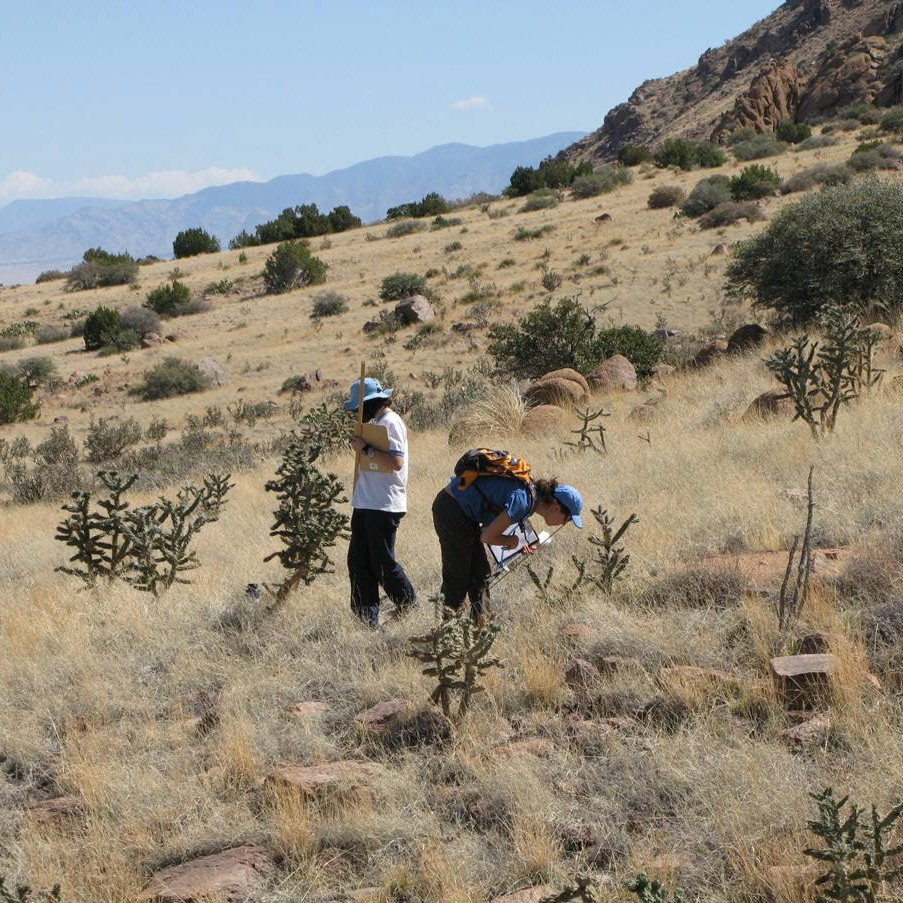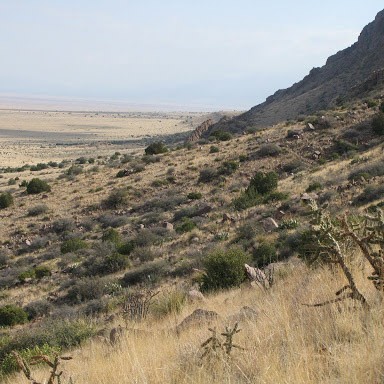Objective:
The population dynamics of plants are driven by demographic rates of growth, survival, reproduction, and recruitment, and the influence of biotic and abiotic factors on those demographic processes. This study is designed to understand plant population dynamics in response to climate fluctuations, density-dependent feedbacks, and ecological interactions with animal mutualists and antagonists. Long-term demographic data provide the foundation for building models that allow us to forecast or “back-cast” population responses to past, present, and future environmental change. The focal species of this study is the tree cholla cactus, Cylindriopuntia imbricata.
Novelty:
Initiated in 2003, this study has become one of the longest longitudinal studies of plant demography and population dynamics. The long time series allows us to connect inter-annual demographic variation to weather data, to detect trends in plant susceptibility to insect herbivores, and to observe shifts in associations with defensive mutualists (extrafloral nectar-feeding ants).
Design:
Longitudinal demographic data are collected annually in late May from tagged plants within eight 30m x 30m plots in the foothills of the Los Piños mountains. Plots are searched for new recruits each year, and these are added to the census.
Responses:
We record plant survival, size, reproductive output, number and identities of cactus-feeding insects, number and identities of ant mutualists. Numbers of new recruits in each plot are recorded each year. Individual plants are GPS’d to enable spatial analyses.
Supporting Documents:
Long-term study of tree cholla demography in the Los Pinos mountains, Sevilleta National Wildlife Refuge. https://portal.edirepository.org/nis/mapbrowse?scope=knb-lter-sev&identifier=323




